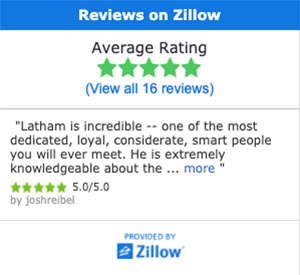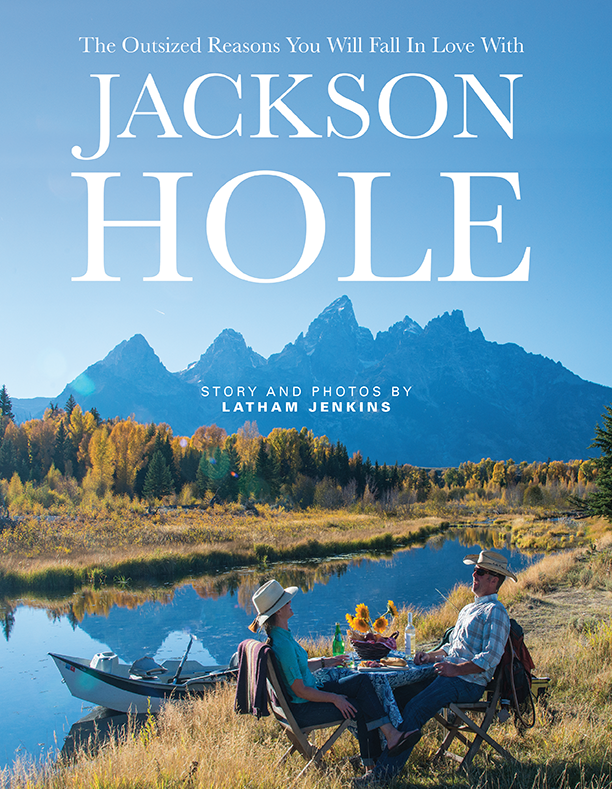Jackson Hole Realtor, Latham Jenkins
There are many reasons to consider a home in Jackson Hole – from the stunning location to the laid-back lifestyle to the financial benefits of living in an income tax-free state. Latham Jenkins offers expertise in all three areas – real estate services, financial guidance, and local lifestyle insight – knowing you’re searching for more than just a home.
802 W Broadway, 2nd Floor
Jackson Hole, WY 83001


